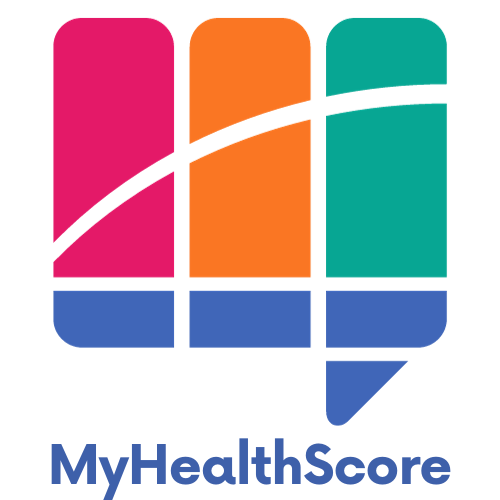How to Lower Your Risk of Stroke and Protect Your Health
In Australia, 50,000 people experience a stroke every year. Depending on the type and severity of a stroke, people can experience loss of speech, movement and other difficulties following a stroke.
It’s important to remember that 4 in 5 strokes are preventable. For many, the risk of stroke can be reduced by managing health factors such as high blood pressure, weight, smoking, high cholesterol, diabetes and alcohol use.
This article provides you with information to understand your risk factors for stroke and the tools to protect yourself against stroke.
What is a stroke?
A stroke occurs when the blood supply to your brain is interrupted or reduced. When this happens, your brain can’t receive essential oxygen and nutrients, meaning that brain cells begin to die.
Stroke can occur at any age, however generally the risk increases as you get older.
*A stroke is a medical emergency and quick access to medical help is important.
What causes a stroke?
There are two types of stroke that occur for different reasons.
Occurs due to a blood clot forming a blockage in an artery of the brain.
Can occur due to thickening of an artery wall - creating a blockage.
Occurs due to a blood vessel breaking in the brain and causing bleeding.
Depending on the area of the brain that is affected, stroke survivor’s may experience changes to their thinking, behaviour, use of words, swallowing, sight, emotions, sense of touch and movement.
Signs of stroke
The acronym F.A.S.T is used to help identify early warning signs of stroke.
FACE - Check their face. Has their mouth drooped?
ARMS - Can they lift both arms?
SPEECH - Is speech slurred? Do they understand you?
TIME - Time is critical. If you see any of these signs call 000 (or your equivalent emergency services number outside of Australia) straight away.
Time is so important! The longer a stroke is left untreated, the higher the chance of stroke-related brain damage occurring.
Risk factors for stroke
Common risk factors for stroke are:
High blood pressure
Type 2 Diabetes
High Cholesterol
Atrial fibrillation or irregular heart pulse
Cigarette smoking
High alcohol intake
A diet high in saturated fat and salt
Lack of regular exercise
Obesity
Already having experienced a stroke.
It is recommended that you discuss any of these risk factors or health concerns with your doctor. They can support you with developing a risk management plan.
How to prevent a stroke
Manage your risk factors with support from your health professional.
Daily steps to a healthier body and lowered risk of stroke include:
Maintaining a healthy lifestyle:
Stay active (helps you maintain healthy weight and blood circulation.
Eat well (A diet high in fibre, fruit, nuts, vegetables, and healthy fats. A diet low in saturated fat and salt).
Quit smoking (cigarette smoking doubles your risk of stroke).
Drink alcohol in moderation
Manage any existing risk factors such as high blood pressure.
Key points
A stroke is a serious medical emergency and requires immediate medical treatment.
Use F.A.S.T to identify the warning signs of a stroke:
FACE - Check their face. Has their mouth drooped?
ARMS - Can they lift both arms?
SPEECH - Is speech slurred? Do they understand you?
TIME - Time is critical. If you see any of these signs call 000 (or your equivalent emergency services number outside of Australia) straight away.
4 out of 5 strokes are preventable.
In consultation with your healthcare professional, manage your stroke risk factors.
Maintaining a healthy lifestyle including healthy diet, exercise and quitting smoking can improve your health and lower your risk of stroke.
Did you find this article helpful?
For more helpful articles like this one subscribe and receive future articles direct to your inbox (no spam, only quality health information).
Share this article with others who might benefit from this information.
Improve your health score today with the health score quiz.
